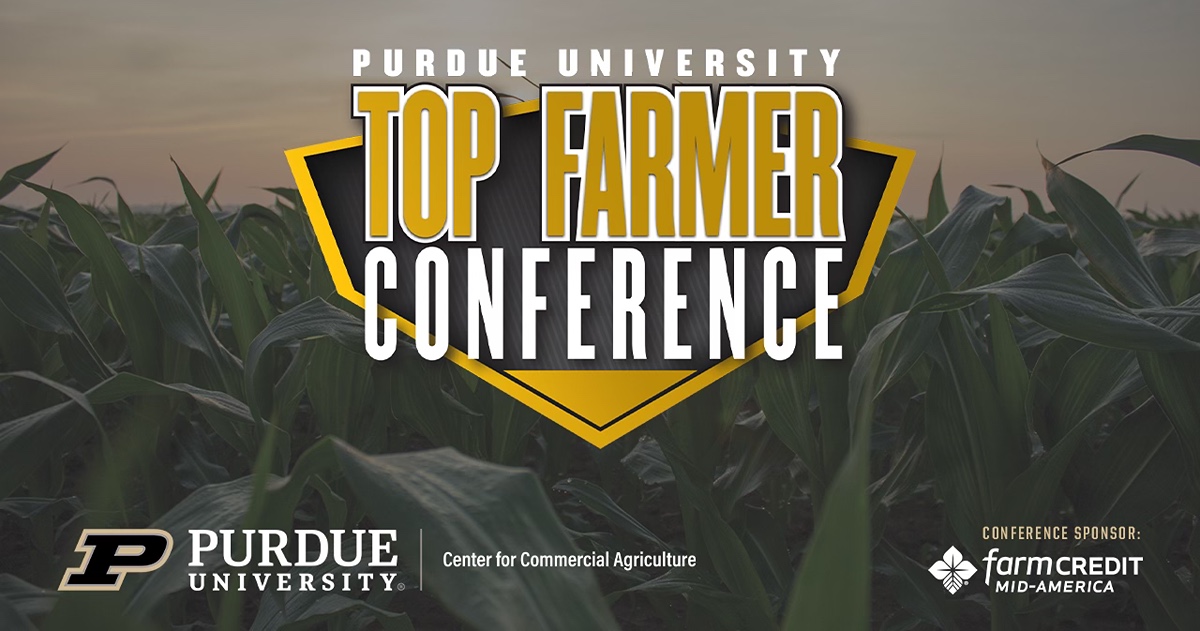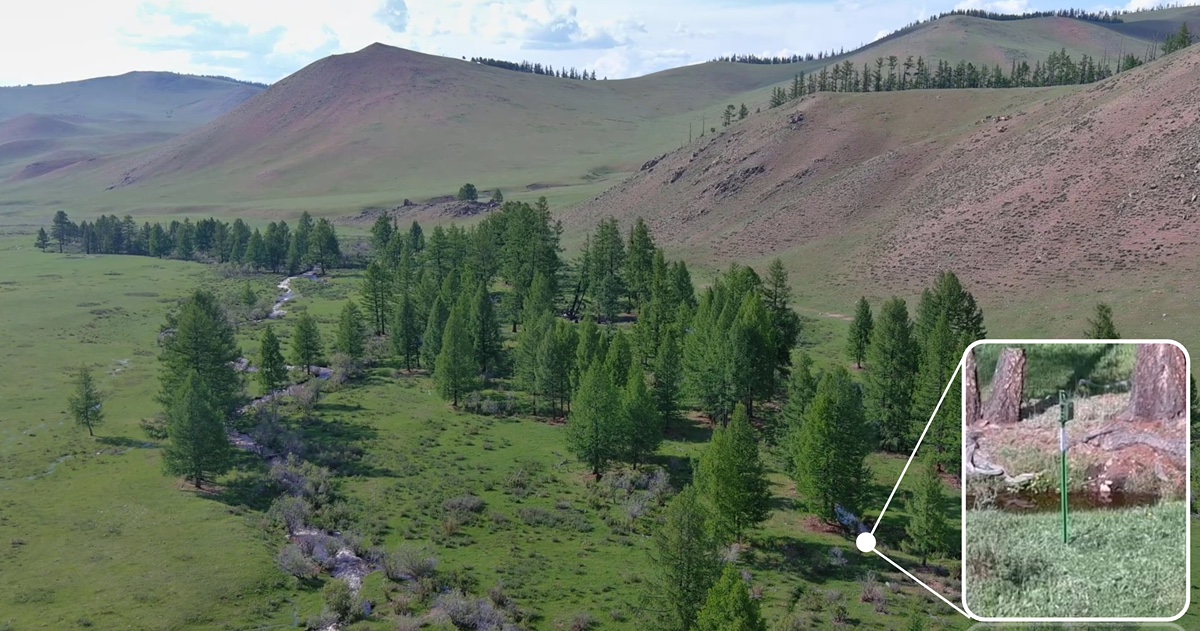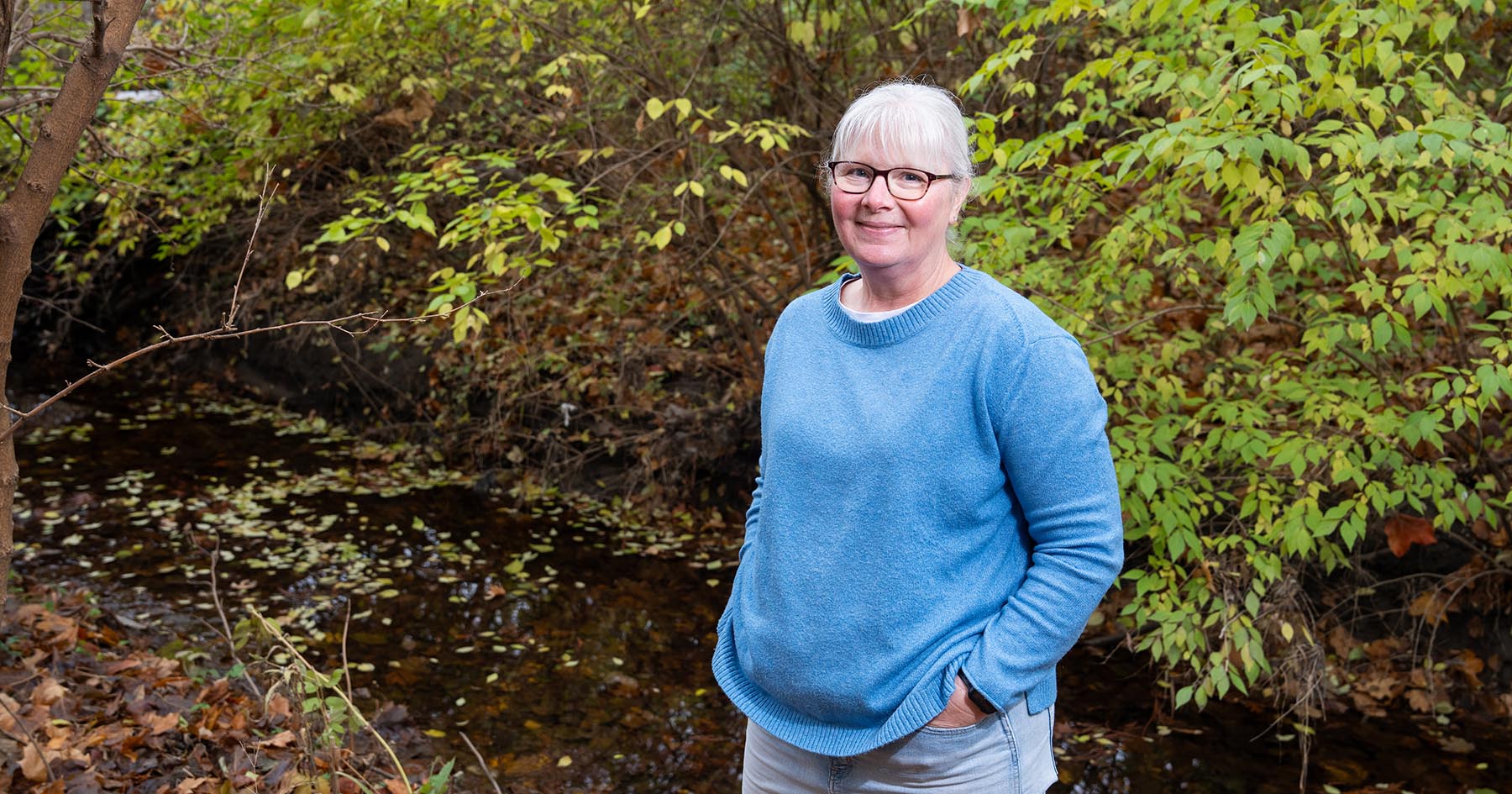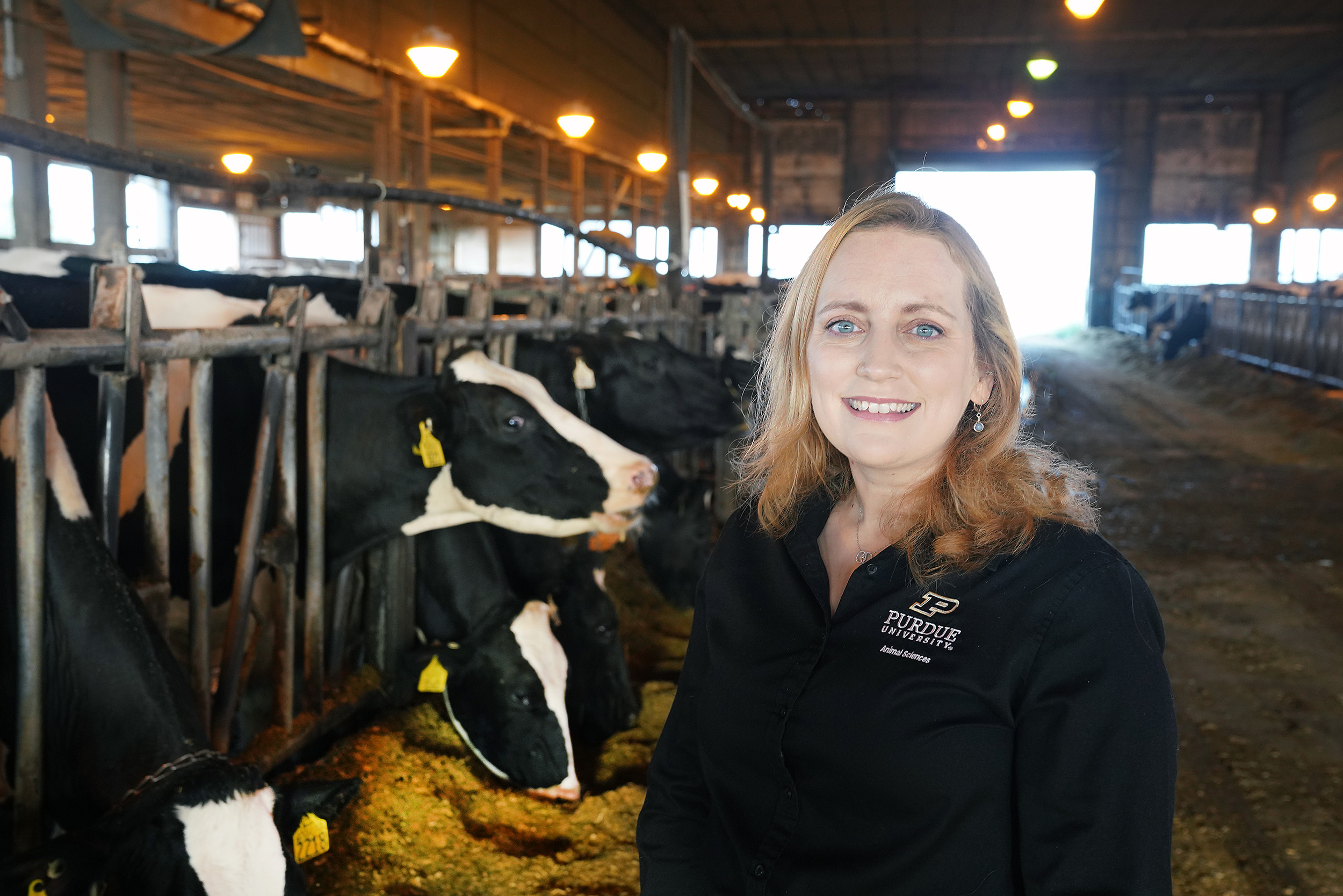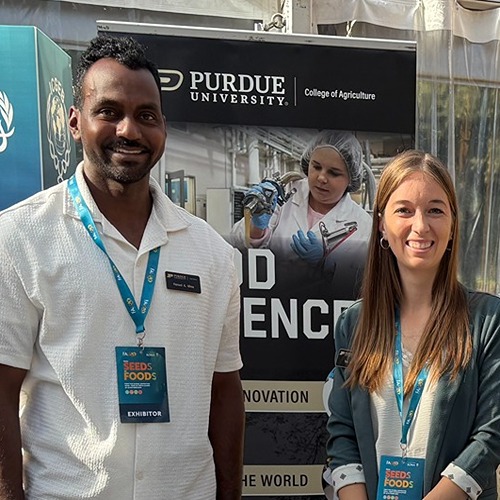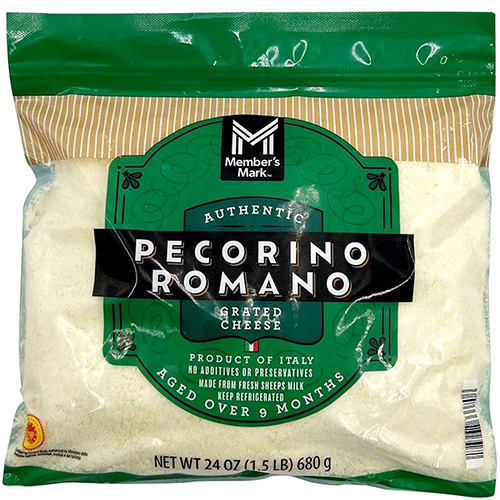Student’s research improves nutrition and food safety
More than 1,500 miles separate Purdue University and Enrique Velasco’s Honduras-based alma mater, Zamorano. Despite the distance, Velasco formed a new connection to Zamorano when he began his research in West Lafayette. Velasco studied agribusiness management in Honduras and sought a horticulture internship to balance his studies. There, he learned about research done by Purdue associate professor of horticulture and agricultural economics Arianna Torres, who also studied at Zamorano.
“I asked my internship mentor if I could apply to Purdue to see if there was a chance to work with Dr. Torres. She was looking for an intern, so everything aligned for me,” Velasco recalled.
Velasco completed his internship and returned home in 2019. Velasco earned his bachelor’s degree and returned to Purdue in 2020 to work toward a master’s degree under Torres’s guidance.
“Grad school has a big learning curve,” said Velasco. “Dr. Torres has helped push me into being a better researcher.”
Velasco’s studies focused on consumer perceptions of food safety, specifically fresh vegetables. To understand consumer preferences, he clustered variables related to nutrition, environment, food labeling and government regulations and procedures. After studying consumer behavior and qualitative methods, he developed a national survey.
“I like to think my research helps to achieve food security by improving nutrition and having safe food for everyone.”
Velasco also said combining horticulture, agricultural economics and his agribusiness background have strengthened his communication abilities. He wrote three Extension articles for the landscape industry based on his internship work on plant regulators.
“Extension has been the best way for me to learn how to jump from academia to the real world – to translate what we have done to something reachable for farmers and consumers,” Velasco explained.
Velasco is yet to solidify his future plans but will explore Ph.D. programs and opportunities in industry.
